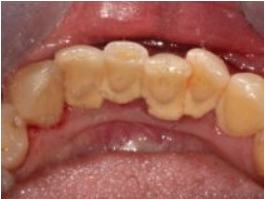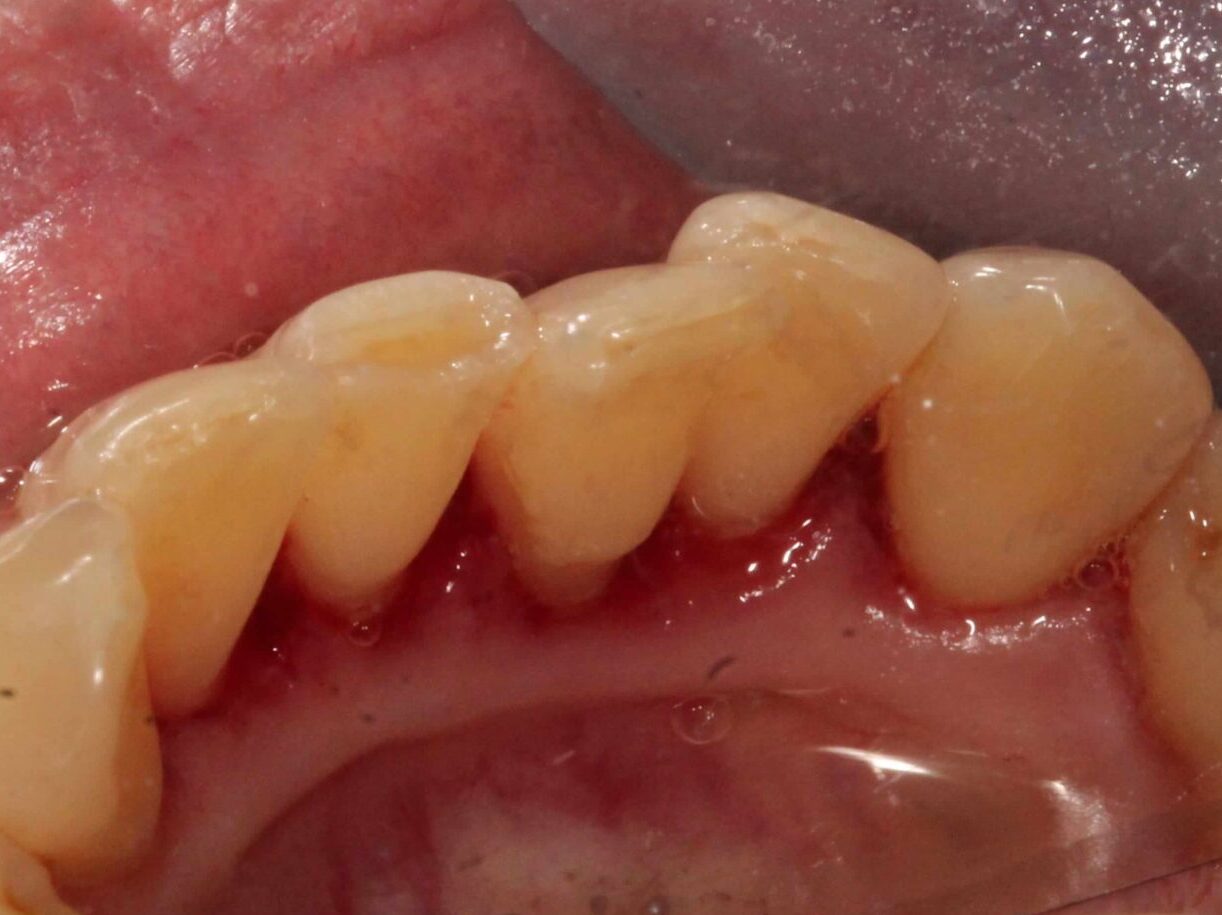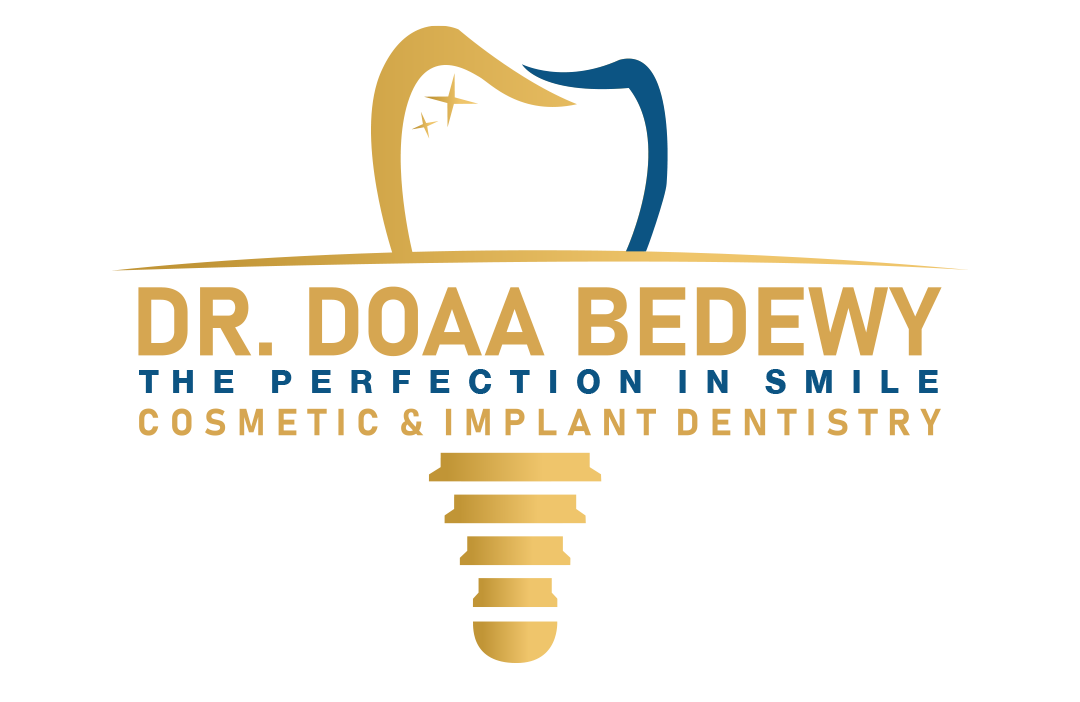- Cedre Shopping Centre | Dubai Healthcare City Center
- drdoaa@theperfectioninsmile.com
DENTAL | HYGIENE
Superior cleaning with Air-Flow technology
Professional cleaning done with AirFlow cleaning. Traditional visits to the hygienist involve a ‘scale and polish’, using tools you’re probably familiar with. But with Air-Flow, you can have a high-tech jet polish instead – it’s the dental equivalent of pressure-washing your windows! Completely safe, chemical-free and gentler on your teeth and gums than traditional cleaning tools, Air-Flow combines air, water and a very fine bicarbonate powder into a focused stream that buffs away plaque and stains from teeth and under the gum line. Air-flow is ideal for regular cleaning and stain removal, and as a preparation for treatments such as teeth whitening and Invisalign.


Dental Hygiene Treatments
• Scale and polish (ultrasonic and/or hand scaling)
• Deep clean tailored for treating periodontal gum disease
• Air polish for stain removal
• Teeth whitening
Dental Hygiene To Treat Gum Disease
A buildup of tartar and bacteria on your teeth can result in gum disease. It’s estimated that gum disease, to some degree, affects more than half of all adults. The most common type is a mild form of gum disease is called gingivitis, where bacteria causes inflammation of the gums and results in them becoming red and swollen, and quick to bleed.
If gingivitis isn’t treated it can advance to periodontitis, where the gum comes away from the teeth and form spaces (called “pockets”) that become infected. If periodontitis is ignored or untreated, the bones, gums, and tissue that support the teeth are destroyed. The teeth may eventually become loose and have to be removed.
Signs & Symptoms Of Gum Disease
• Bleeding gums
• Gum recession
• Loose teeth
• Sensitive teeth
• Gum swelling/abscess
• Bad breath/Halitosis
• An increasing space between the teeth
• Tooth drifting/movement
• Tooth mobility
• Tooth loss
Frequently Asked Questions
Our mouths are full of bacteria. These bacteria constantly form a sticky, colourless “plaque” on our teeth. Brushing and flossing will help to get rid of plaque. Plaque that is not removed can harden and form “tartar” that brushing cannot remove. Only a professional cleaning by a dentist or dental hygienist can remove tartar.
Gum Disease affects the supporting structures of the teeth. The longer plaque and tartar remain on the teeth, the more harmful they become. The bacteria cause inflammation of the gums, this is called gingivitis. In gingivitis, the gums become red, swollen and can bleed easily. Gingivitis is a mild form of gum disease that can usually be reversed with daily brushing and flossing, and regular cleaning by a dental hygienist.
When gingivitis is not treated, it can advance to periodontitis (periodontal disease). In periodontitis, gums pull away from the teeth and form spaces (called “pockets”) that become infected. If ignored or untreated, the bones, gums, and tissue that support the teeth are destroyed. The teeth may eventually become loose and have to be removed.
It is estimated that gum disease affects more than half of all adults to some degree and most people experience it at least once. It is much less common in children however. There are also some factors that may make you more susceptible to gum disease
Smoking – Need another reason to quit smoking? Smoking is one of the most significant risk factors associated with the development of gum disease. Also, smoking can lower the chances of successful treatment.
Hormonal changes in girls/women – These changes can make gums more sensitive and make it easier for gingivitis to develop.
Diabetes. – People with diabetes are at higher risk of developing infections, including gum disease.
Other illnesses and their treatments – Diseases such as AIDS and its treatments can also negatively affect the health of gums, as can treatments for cancer.
Medications – There are hundreds of prescription and over the counter medications that can reduce the flow of saliva, which has a protective effect on the mouth. Without enough saliva, the mouth is vulnerable to infections such as gum disease.
Genetic susceptibility – Some people are just more prone to severe gum disease than others due to genetic predisposition.
The main goals of treatment are to control the infection and ensure you are confident implementing an effective home care routine. Any type of treatment requires that the patient keep up good oral hygiene routine at home.
What is involved in a Deep Cleaning? (Scaling and Root Planing)
The dentist removes the plaque through a deep-cleaning method called scaling and root planing. Scaling means scraping off the tartar from above and below the gum line. Root planing gets rid of rough spots on the tooth root where the germs gather, and helps remove bacteria that contribute to the disease.
• Brush your teeth twice a day with a fluoride toothpaste and electric toothbrush.
• Floss/ use inter-dental brushes regularly to remove plaque from between teeth.
• Visit the dentist routinely for a check-up and for professional cleanings
• Eat a well balanced diet
• Don’t smoke
WhatsApp us

